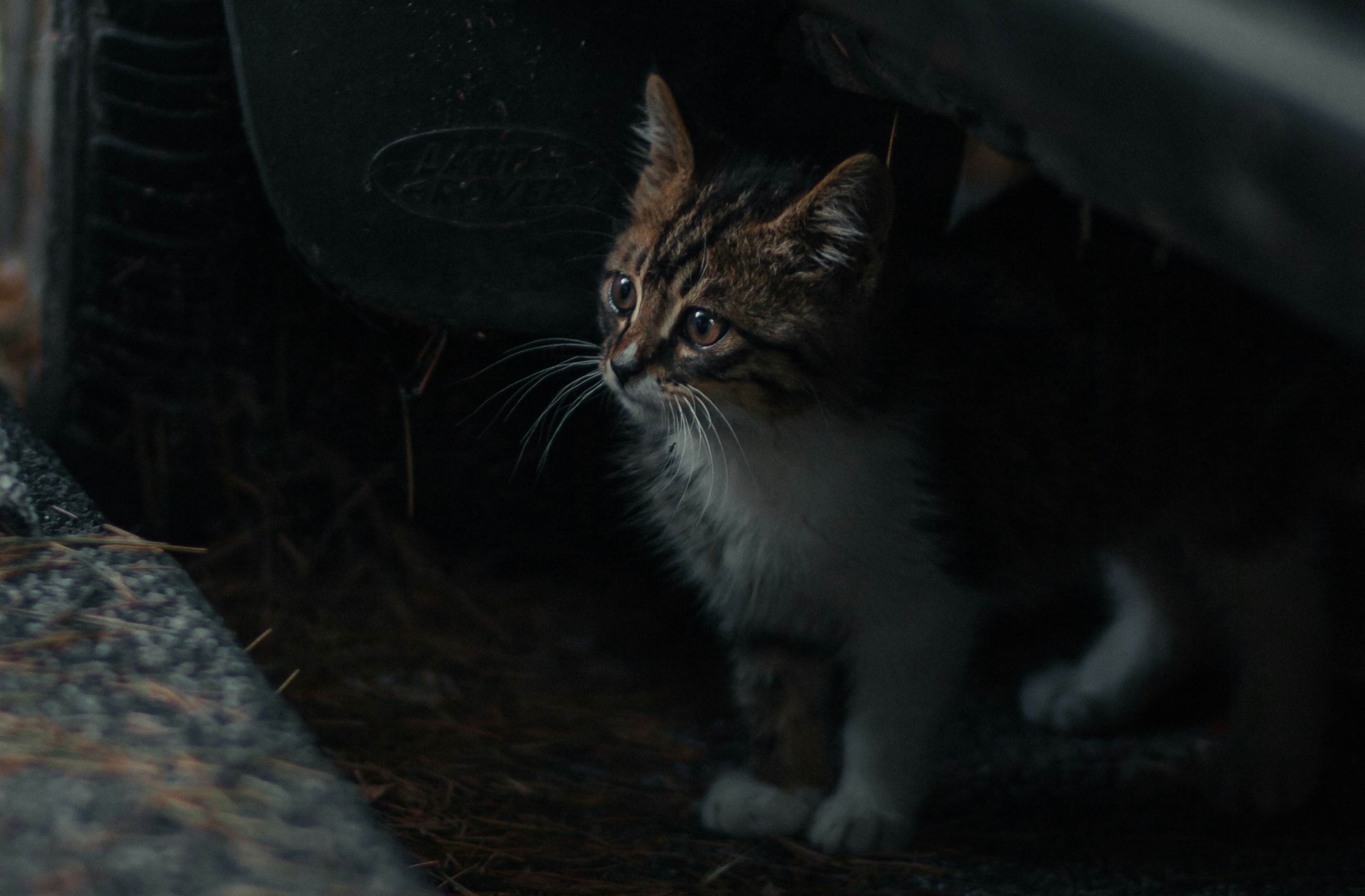Expert Reaction
These comments have been collated by the Science Media Centre to provide a variety of expert perspectives on this issue. Feel free to use these quotes in your stories. Views expressed are the personal opinions of the experts named. They do not represent the views of the SMC or any other organisation unless specifically stated.
Christine Roseveare, Lecturer, Public Health, Massey University
The cycle of stray and surrendered cats continues, but our study reveals it's foster homes that have quietly become the backbone of New Zealand's animal rescue response.
We knew fosterers were important, but finding that 80% of animal rescues rely on them and they care for 59% of all rescue cats shows they're absolutely essential.



 New Zealand
New Zealand


